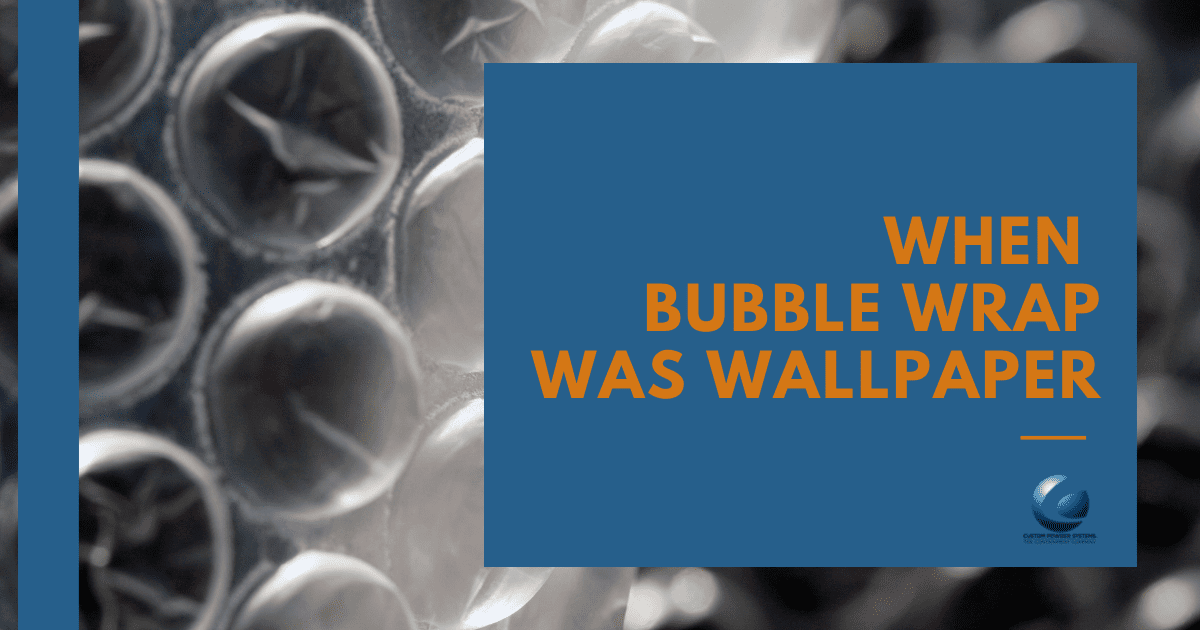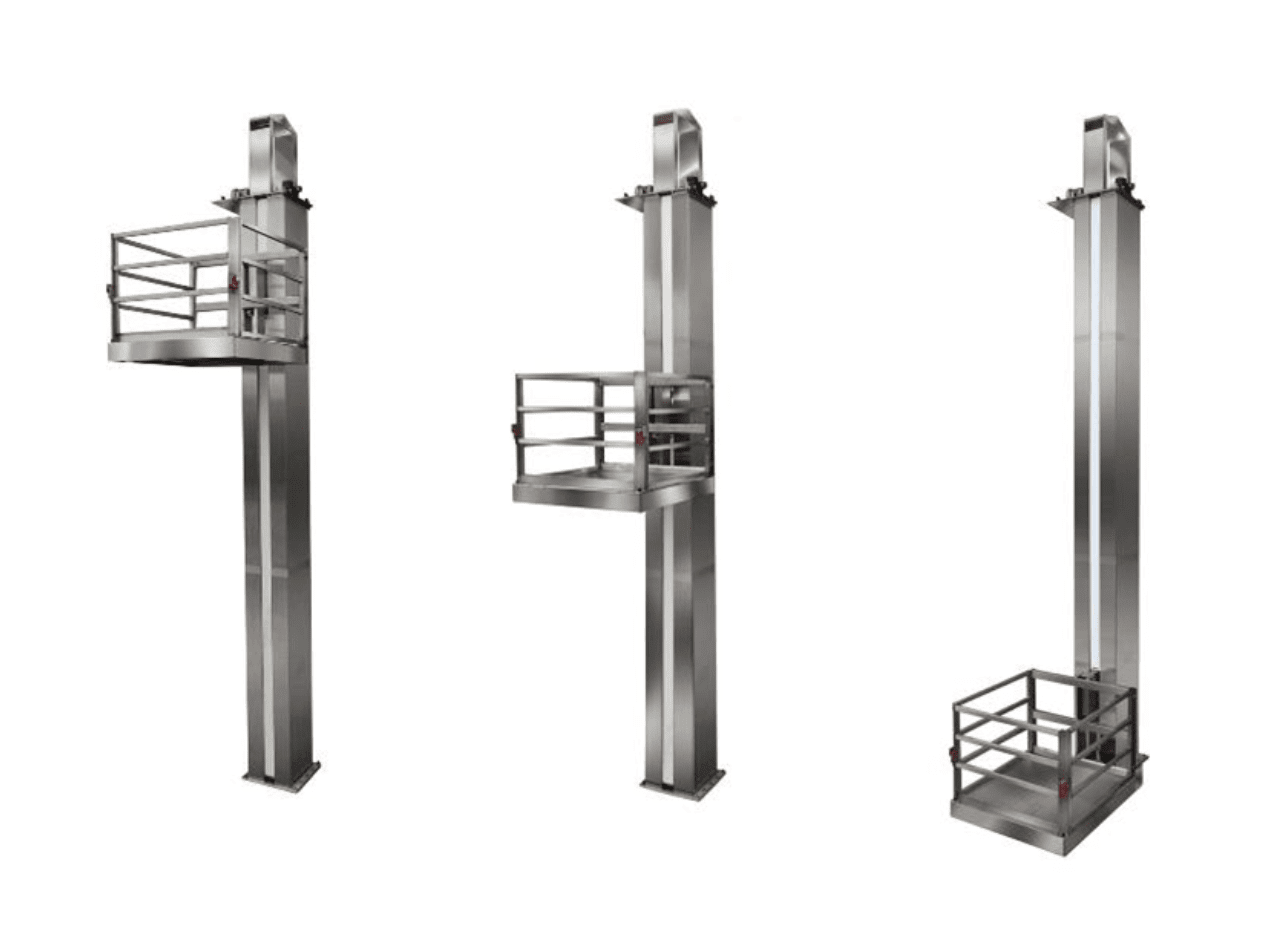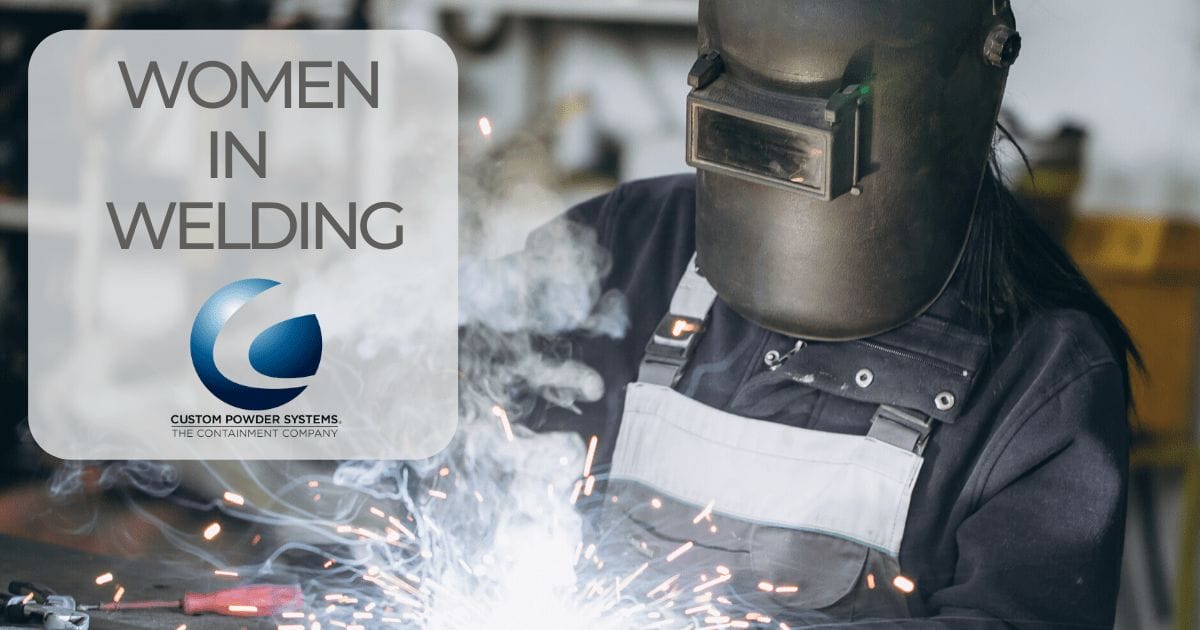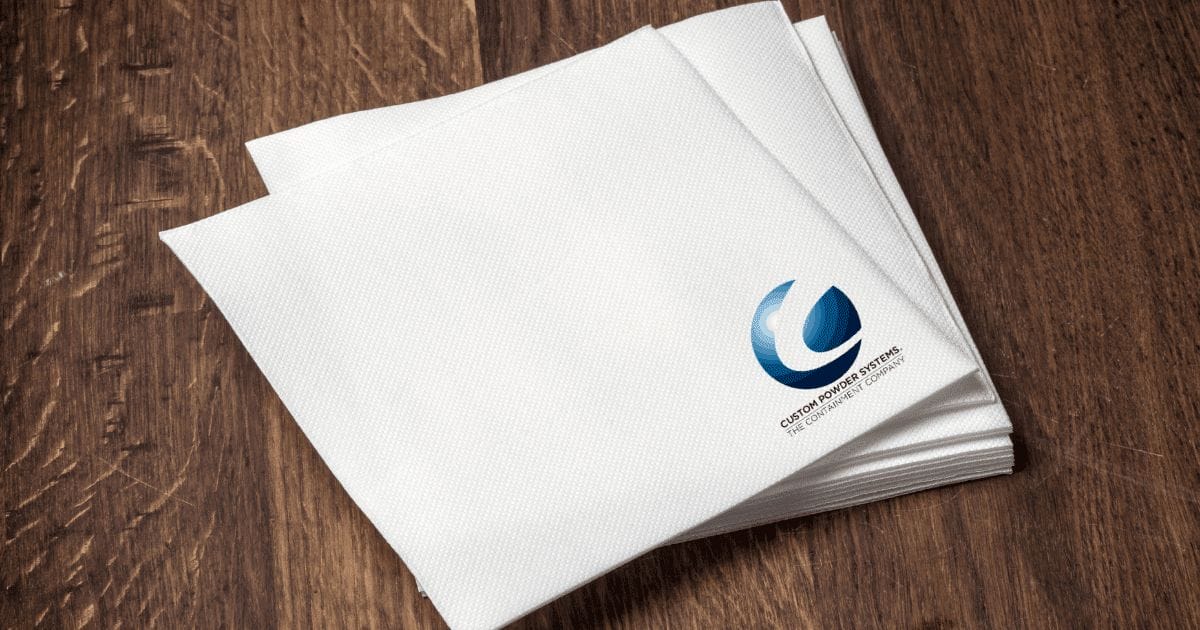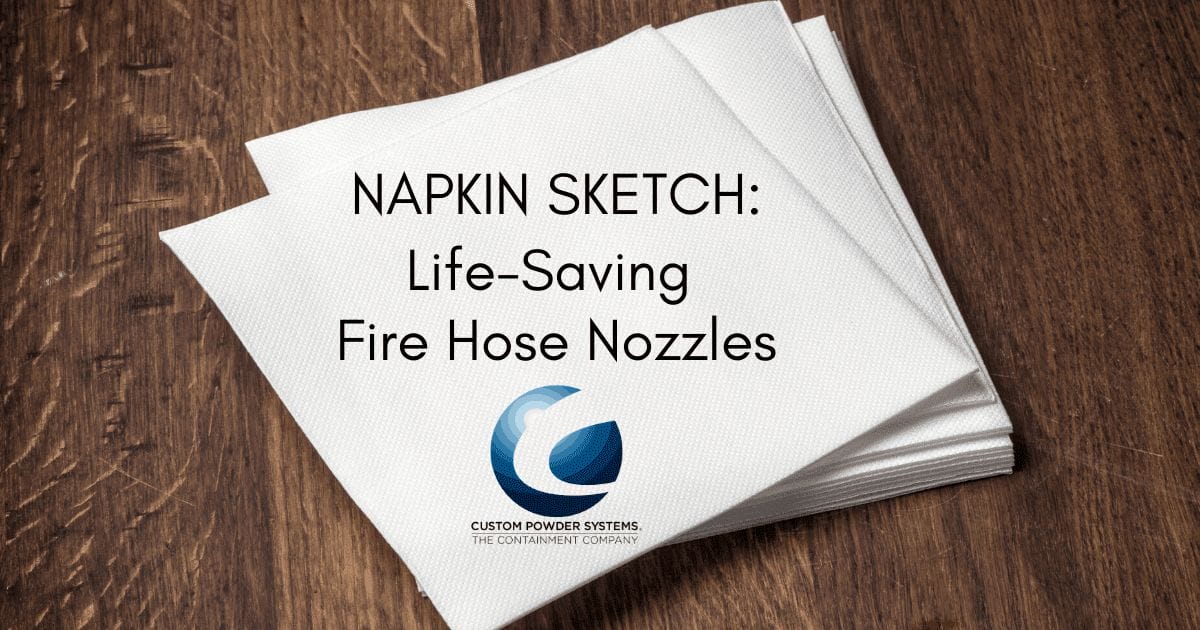You are strapped into your seat, the roller coaster cart slowly crawling forward when you see a hill approaching up ahead. You start to get nervously excited as the cart ascends, knowing that you will shortly be subjected to massive amounts of force and speed. Once the cart reaches the top, you take a quick breath before being plunged downward, feeling your stomach flop as you ride through all of the twists and turns. By the end of the ride, you are smiling and laughing and have adrenaline running through your body. The thrill of this feeling is hard to match.
But have you ever stopped to wonder why hurling your body through so many loops and spins isn’t unbearably uncomfortable? Well, for that, you can thank an engineer.
Stengel Applies Science to Fun
One of the most widely-known roller coaster engineers is Werner Stengel, who is recognized for his significant contributions to the advancement of coaster design.
Stengel has devoted his life to studying the forces that act upon the human body, and how to utilize these forces in a way that creates the most enjoyment for the rider. He has been involved with the deisgn of almost 500 roller coasters around the world.
In 2005, he was even awarded an honorary doctorate from the University of Göteborg “in recognition of his inexhaustible creativity which connects physics and design with the experience of the body in roller coasters and other rides.”
Stengel’s Stand-Out Coaster Innovations
A well-recognized roller coaster feature created by Stengel is the clothoid loop, which most roller coaster enthusiasts have grown to love. To accomplish this, he analyzed the amount of stress the body endures during vertical loops and improved the design so that could be lessened. The clothoid loop has a constant radius change, so the body is not continuously under the same amount of stress the whole time.
Another noteworthy original design feature of Stengel’s is the heartline roll. Stengel noticed that if the coaster rail is the center of rotation, then the rider’s body (and especially the head) travels a great distance and experiences a lot of extreme forces during a spin. However, he determined, if the center of rotation is the rider’s heart, the head does not travel as far, therefore decreasing stress and discomfort.
Both of these advancements promote an overall more comfortable and enjoyable experience for the rider. So, those who love to ride the loops and spins can thank Stengel for making it as easy on the body as possible.
Werner Stengel’s work is an excellent example of how one person’s ingenuity combined with the science of engineering can be not only practical but also super fun!
_________________________________________________________________________
To hear more about the art of engineering, sign up for our newsletter.


